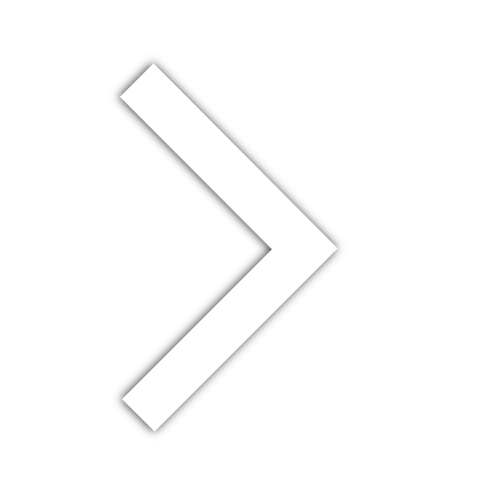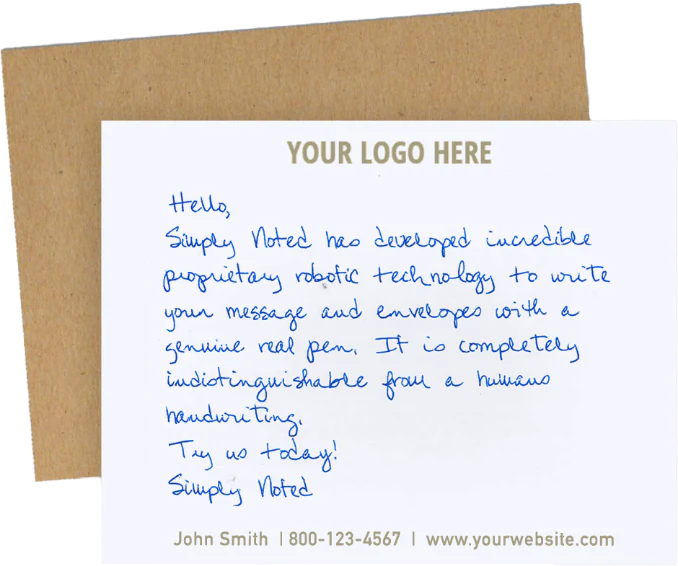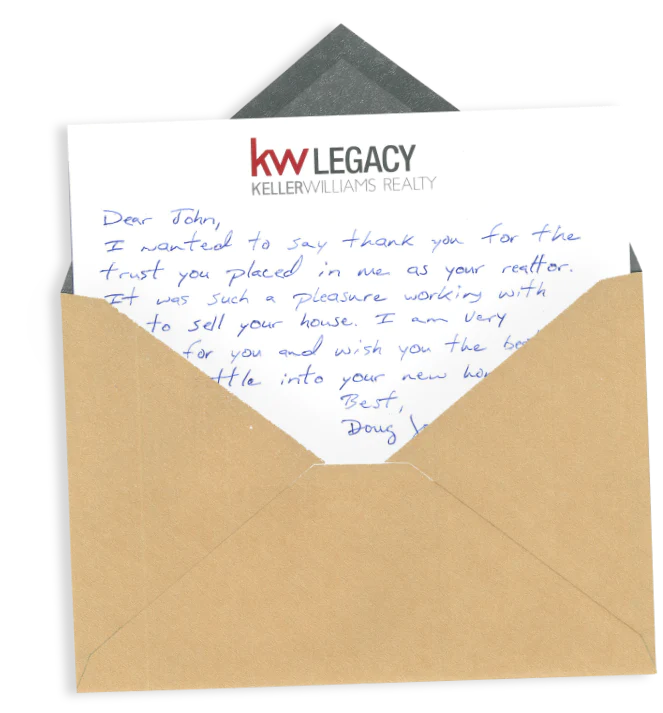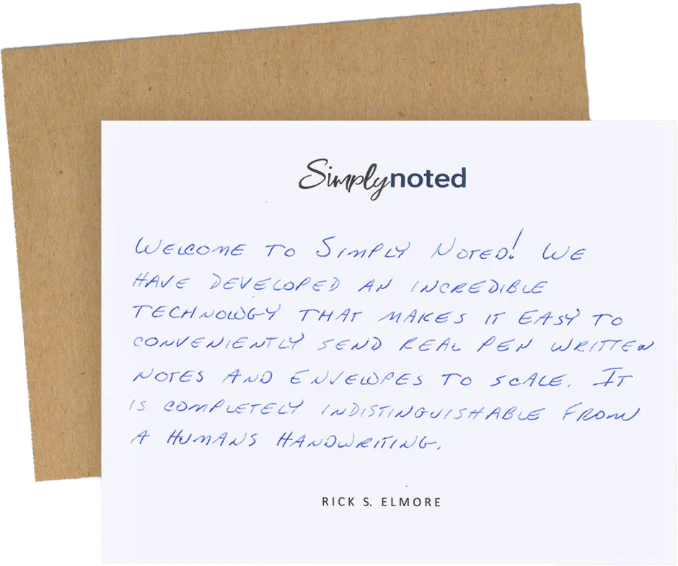Business Card Dimensions and Why You Should Always Carry Them

Business cards, those quintessential business introductions, have been in use for nearly 400 years. They were initially calling cards for the well-healed, used to trumpet a notable person’s arrival in town, or upon visiting another’s doorstep.
Over time, the cards evolved from their humble beginnings to the gilded, stately presentations we utilize today. In the process, standards were developed to simplify business card creation, and more importantly, make it easier to handle stacks of cards from varying sources.
Most modern business cards fit one specific standard, a size that at one time balanced ease of printing with the standard wallet sizes of the day. The lion’s share of cards fit into this category, but there are a few other options. Choosing one of these will make your business card stand out — however, it’s not clear whether your recipient will appreciate that.
If you’re in a hurry, let us save you time. Standard business cards are 3.5” wide by 2” tall. Unless you have a good reason, you should stick with these dimensions. Other standards exist, and they’re used occasionally, but handing out odd-sized cards may not be popular with your recipients. Your card won’t nicely fit in a stack with other cards and that might land it in the trash.
SEE ALSO: How to Add a Gift Card to Your Order
EXPANDED BUSINESS CARD DIMENSIONS
A card’s width and height are one measure. Business card standards include the thickness of the card as well. Card thickness is measure in points, abbreviated “pt.” Each point is a thousandth of an inch thick. Standard business cards are 14 pt, or .014 of an inch thick.
This size balances stability with girth, providing a card that feels durable but doesn’t take up too much room in your wallet or cardholder.
If you want a heavier, more substantial card you can opt for thicker cardstock. 16 pt. stock is the most common upgrade. Your cards will be noticeably more elegant and refined, but also thicker, enabling you to carry fewer in the same space.
SEE ALSO: Holiday Cards for Business

Remember Your Bleeds!
No, we’re not talking about the papercuts you’re sure to get if you handle business cards on a regular basis. We’re talking about the extra ⅛” you should add to each side of your business card design to account for the final cutting process.
Modern cutting machines are fairly precise, but paper shifts. That’s why you should design your cards to fit 3.75” x 2.25”. This extra bleed space allows a bit of extra real estate in case the cutter should move off mark.
As you can see in the image above, the total design area is 3.75” x 2.25”. When the bleed is cut off, final business cards dimensions of 3.5” x 2” are left.
You’ll notice a third mark, inside the final card dimensions. To ensure you don’t lose letters to an errant cut, you should keep all text inside this safe line.
SEE ALSO: When You Should Send Out Cards
IN A WORLD OF DIGITAL CONTACTS, WHY CARRY BUSINESS CARDS?
In our connected digital world, business cards can seem a quaint anachronism — a holdover from a bygone age. But this misses much of the story. In truth, business cards still play an important role. Here are a few of the reason why you should always carry a stack of cards.

Cards Convey Information Digital Files Can’t
A business card conveys far more data than is printed on its front. Every element adds information and context, from the quality of the paper and choice of font, to the design aesthetic and color palette. Your card conveys personality, professionalism, authenticity, and a host of other subtle details. With a digital contact transfer, that rich conversation is lost.
SEE ALSO: Gift Ideas You Can Fit in an Envelope
Business Cards Are a Quality Signal
Not only do business cards convey more than just contact information, they also provide a useful ritual for demonstrating professionalism. Having a business card ready indicates preparedness. It shows that you take your profession seriously and understand that business never sleeps.
Imagine you meet a group of professionals, and you’re the only one without enough cards to cover the exchange. It’s embarrassing and knocks your status down a peg.
Digital Transfer Aren’t Actually That Easy
In films, characters breezily tap their phones to transmit contact information — and it works, every time. Reality is a different situation. You can’t rely on digital contact transfers.
Much of the difficulty lies in the range of devices available. Different phone designs transmit contact information differently. Without a common standard, it’s anyone’s guess whether two specific devices will be able to communicate properly.
And, of course, there’s the possibility that your new contact doesn’t have a smart device. Unlikely, yes, but something you should prepare for.
Print to Digital is Easier Than Digital to Print
That was a mouthful, we know. What we mean is that it’s easy to scan a business card into your phone, creating digital contact information. It’s far more challenging to quickly create a paper copy of a digital contact. Therefore, physical business cards offer your recipient more options.
A business card is a tangible object. You can carry it as a reminder or make notes in the margins. It has value. It can also exist digitally using any one of the business card scanning apps available for smart phones. This makes business cards a fast, simple way to exchange both physical and digital contacts.

You Can Include Them in Your Direct Mail
Digital transfers only work when you’re face to face with your recipient. In any other situation, you need send you contact information on a physical object — a business card.
Because business cards dimensions are small, you can include one in virtually any size mailer. Whether you’re marketing to prospects, keeping up with existing clients, or simply spreading good cheer, you can include a personal touch by adding your card.
Simply Noted offers the option to add a business card to any of our automated greeting cards. Leveraging our ballpoint pen-wielding handwriting robots, you could automate client thank you cards and have your business card included. You might schedule your holiday cards early and send us a stack of business cards to add.
Now that you know standard business cards dimensions, have some printed and send us a box. We’ll keep them on hand, and drop one into the envelope each time you have us send mail. We make certain your handwritten direct mail is effective.























